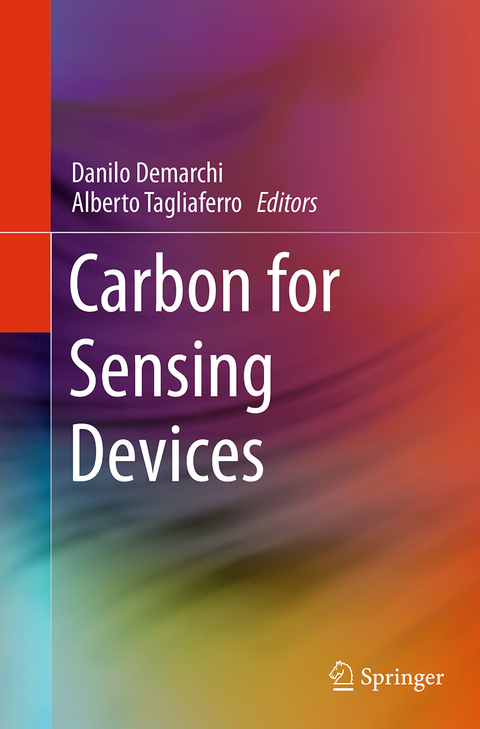
Carbon for Sensing Devices
Springer International Publishing (Verlag)
978-3-319-37716-2 (ISBN)
Danilo Demarchi is an Assistant Professor in the Elettronica e Telecomunicazioni department of Politecnico di Torino, Italy. Alberto Tagliaferro is an Associate Professor in the Elettronica e Telecomunicazioni department of Politecnico di Torino, Italy.
Section 1 Carbon Materials and their preparation.- Introduction to Carbon materials.- Technologies of Carbon Materials. Syntheses and preparations.- Section 2 Functionalization of carbon materials and surfaces.- Enhancing the surface sensitivity and selectivity: functionalization of carbon nanomaterials.- Section 3 Applications and devices.- Hybrid and nano-composite carbon sensing platforms.- Carbon nanomaterials for electrochemical and electrochemiluminescent medical sensors.- Silicon Carbide Materials for Biomedical Applications.- PiezoResistance Strain and Pressure sensing using CNT+Polymers.- Diamond sensors.
"This book focuses on why carbon is playing such a large role as a new sensing material. It contains three parts. ... This book, loaded with beautiful full color illustrations, graphs, and tables of experimental data, would be an excellent resource for any scientist involved with carbon based sensing applications." (IEEE Electric Insulation Magazine, Vol. 31 (6), 2016)
| Erscheinungsdatum | 03.08.2016 |
|---|---|
| Zusatzinfo | XII, 264 p. 118 illus., 80 illus. in color. |
| Verlagsort | Cham |
| Sprache | englisch |
| Maße | 155 x 235 mm |
| Themenwelt | Technik ► Elektrotechnik / Energietechnik |
| Schlagworte | Carbon for Sensing Devices • Carbon Materials for Catalysis • Carbon materials for Sensing • Carbon Nanotubes • Circuits and Systems • Electronic Circuits and Devices • Engineering • Graphene for Sensing Devices • Nanotechnology and Microengineering • Sensors Based on Nanostructured Materials |
| ISBN-10 | 3-319-37716-7 / 3319377167 |
| ISBN-13 | 978-3-319-37716-2 / 9783319377162 |
| Zustand | Neuware |
| Haben Sie eine Frage zum Produkt? |
aus dem Bereich


